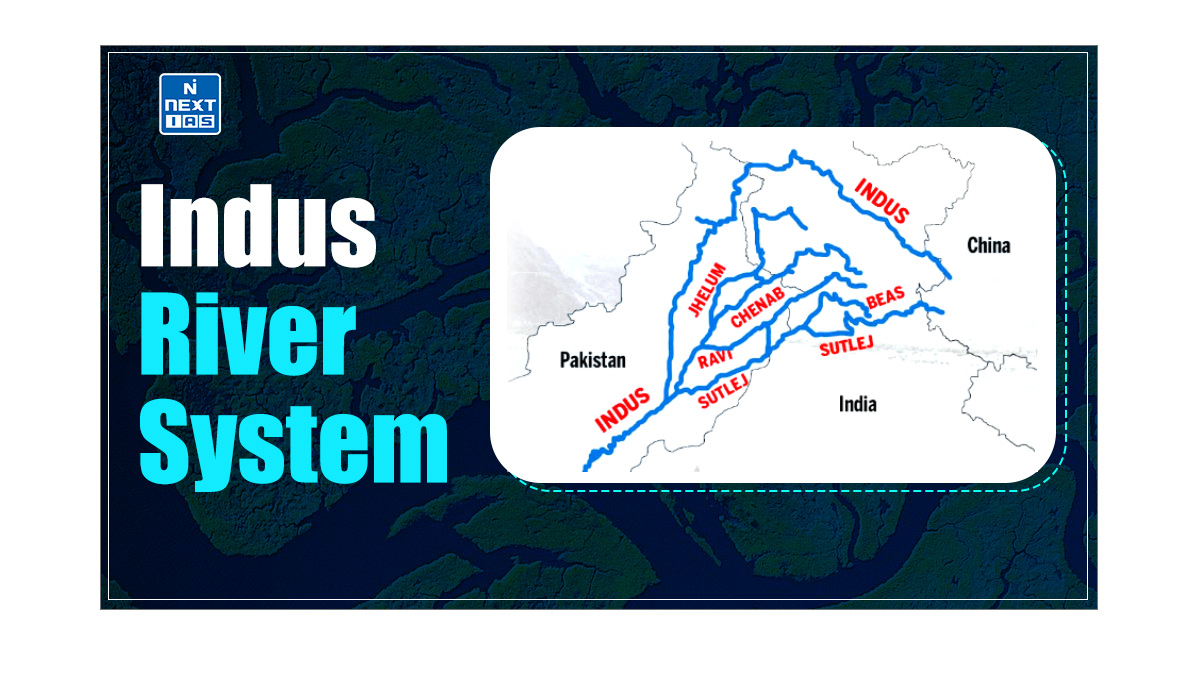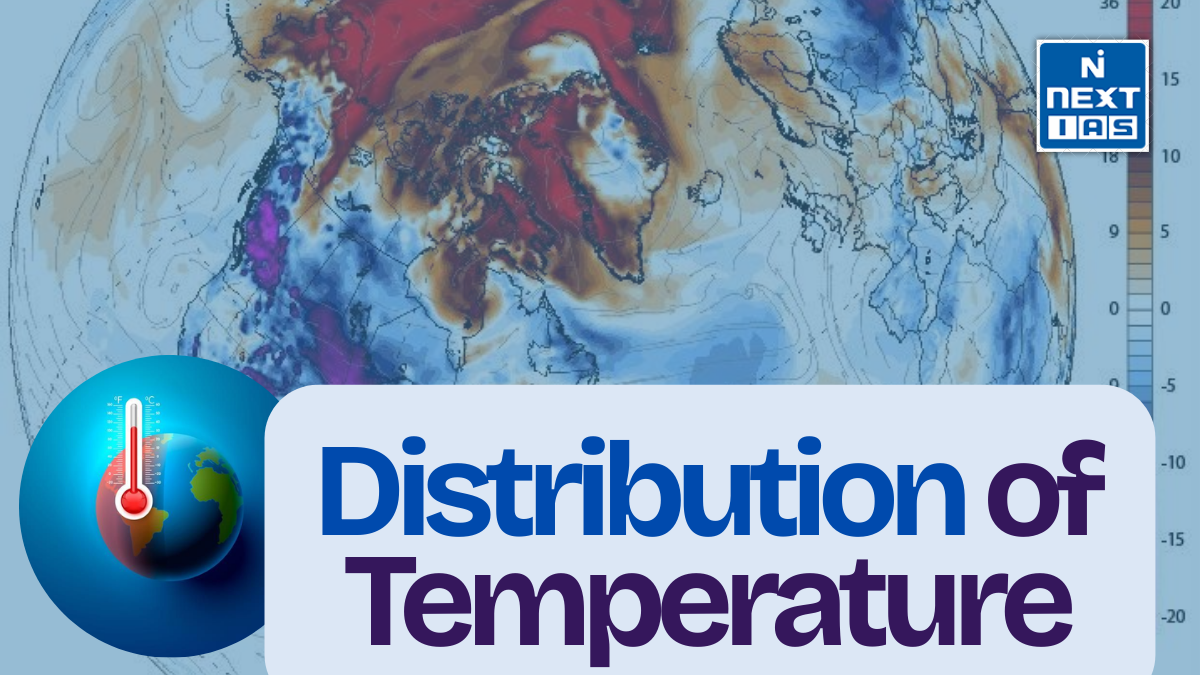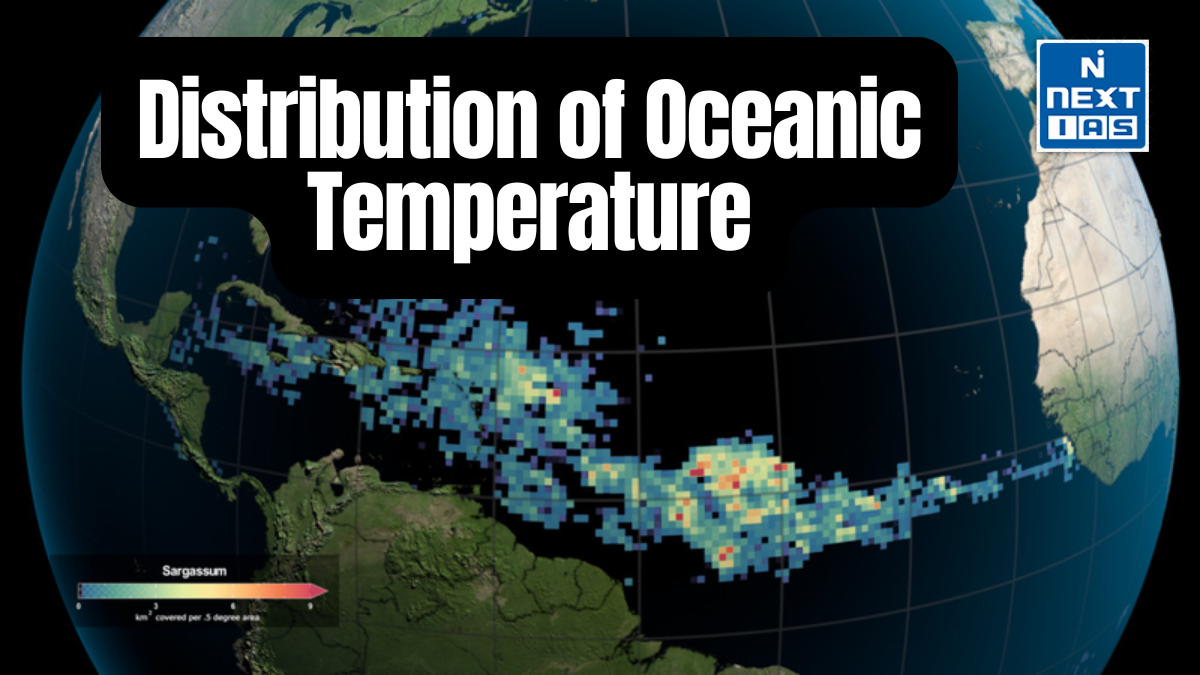
The Cold Weather Season in India, from mid-November to February, is characterised by lower temperatures, especially in the northern regions. This season significantly impacts daily life and agriculture in North India, with its cold waves influencing local weather patterns and the region’s agricultural productivity. This article aims to study in detail the conditions, reasons for excessive cold, and the effects of the cold weather season in India, focusing on its implications for different regions and broader climatic patterns.
About Cold Weather Season in India
- The Cold Weather Season in India starts around mid-November in northern regions and lasts until February. December and January are the coldest months in the Northern Plains.
- During this period, days are relatively warm, while nights can be quite cold, with temperatures in places like Punjab and Rajasthan sometimes dropping below freezing.
- As temperatures fall, frost frequently occurs in Northern India.
- This season is generally dry across most of the country as northeast trade winds move from land to sea.
Characteristics of Cold Weather Season in India
The important characteristics of the Cold Weather Season are:
- Temperature Variability – Low temperatures in the north and their gradual increase towards southern parts of India.
- Monsoon Influence – The blowing of cold and dry northeast monsoon resulted in dry weather conditions in most parts. Coromandel Coast receives rainfall during winter.
- Role of Western disturbances – Western disturbances cause light rain in the northern plains and snowfall over the Himalayan ranges.
Conditions of Cold Weather Season
The major conditions of the Cold Weather Season are:
Temperature and Climate
- Northern India – The cold weather season brings substantial temperature drops, particularly in regions like Punjab, Haryana, and Rajasthan. December and January are the coldest months, with temperatures sometimes falling below freezing.
- The combination of continental climate and the influence of Himalayan snow contributes to the severe cold experienced during this season.
- Peninsular India – In contrast, the Peninsular region, influenced by the moderating effect of the sea and its proximity to the equator, experiences minimal temperature fluctuations.
- For example, Thiruvananthapuram’s temperatures remain relatively stable throughout the season, with January temperatures averaging 31°C, demonstrating the region’s consistent climatic conditions.
Pressure and Winds
- High-Pressure Systems – By the end of December (22nd December), the Sun shines vertically over the Tropic of Capricorn in the southern hemisphere.
- During this season, the weather is marked by weak high-pressure conditions over the northern plains, while southern India experiences lower air pressure.
- Consequently, winds flow from the high-pressure area in the northwestern regions towards the lower-pressure zone over the Indian Ocean in the south.
- Wind Patterns – During the winters, the sky remains clear. Due to low-temperature conditions, high air pressure prevails in large parts of North West India, and anti-cyclonic conditions prevail.
- However, pleasant weather conditions are disturbed by shallow cyclonic depressions originating over the eastern Mediterranean Sea and travelling eastwards across West Asia, Iran, Afghanistan, and Pakistan before they reach the northwestern parts of India. These disturbances are called Western disturbances.
- As they travel, these winds pick up moisture from the Caspian Sea in the north and the Persian Gulf in the south.
Rainfall
- Winter Monsoon – Winter monsoons do not cause much rainfall as they move from land to the sea.
- The precipitation decreases from west to east in the plains and from north to south in the mountains.
- The average winter rainfall in Delhi is approximately 53 mm, while in Punjab and Bihar, it ranges from 25 mm to 18 mm, respectively.
- North East Monsoon – During October and November, northeast monsoon winds cross the Bay of Bengal, pick up moisture, and cause torrential rainfall over the Tamil Nadu coast, southern Andhra Pradesh, southeast Karnataka, and southeast Kerala.
Western Disturbances
- Origin and Impact – The term Western Disturbance (WD) was coined by Indian meteorologists to describe the systems moving from the west to east direction.
- Western Disturbances (WDs) originate as extra-tropical cyclones in the Caspian Sea or the Mediterranean Sea.
- They then move across the Middle East, passing through Iran, Afghanistan, and Pakistan before entering the Indian subcontinent.
- Moisture-laden winds cause precipitation during non-monsoonal months over Northwest India, including Punjab, Haryana, Uttar Pradesh, and Delhi.
- Their effect sometimes extends up to Gangetic Plains and Northeast India.
- They also bring snowfall to the higher reaches of Jammu & Kashmir, Himachal Pradesh, and Uttarakhand.
- Importance – Western Disturbance brings winter and pre-monsoon rain and is important for the development of the Rabi crop in the Northern subcontinent.
- Since wheat is one of the most essential Rabi crops, which is the staple diet of people in this region, winter showers contribute to meeting India’s food security.
- It also leads to groundwater recharge in northern India.
- Since wheat is one of the most essential Rabi crops, which is the staple diet of people in this region, winter showers contribute to meeting India’s food security.
Reasons for Excessive Cold in North India
There are three main reasons for the excessive cold in north India during this season:
- States like Punjab, Haryana, and Rajasthan are far from the moderating influence of the sea and experience a continental climate.
- The snowfall in the nearby Himalayan ranges creates a cold wave situation.
- Around February, the cold winds coming from the Caspian Sea and Turkmenistan bring cold waves, frost, and fog over the northwestern parts of India.
| Note: – The Peninsular region of India does not experience a well-defined cold weather season. – Coastal areas exhibit minimal seasonal temperature variation due to the sea’s moderating effect and proximity to the equator. – For instance, the mean maximum temperature in Thiruvananthapuram is around 31°C in January and 29.5°C in June. – In contrast, temperatures in the hills of the Western Ghats are relatively lower. |
Conclusion
The excessive cold experienced in North India during the winter season results from a combination of geographical and climatic factors. The absence of a moderating sea influence, the chilling effects of Himalayan snowfall, and the arrival of cold winds from distant regions all contribute to the severe winter conditions. In contrast, the Peninsular region of India experiences minimal temperature fluctuations due to the moderating effect of the sea and its proximity to the equator. Understanding these factors provides valuable insights into the regional climatic variations within India.
Frequently Asked Questions (FAQs)
Which are the cold seasons in India?
In India, the cold season, often called winter, generally occurs from December to February. This period is characterised by cooler temperatures and lower humidity levels across most parts of the country.
Which month cold starts in India?
The cold weather in India typically starts in December.
What are the types of seasons?
The types of seasons in India are:
– Winter – December to February
– Summer – March to June
– Monsoon (Rainy) – June to September
– Post-Monsoon (Autumn) – October to November
What is the period of cold weather season in India?
The cold weather season in India typically spans from December to February.






